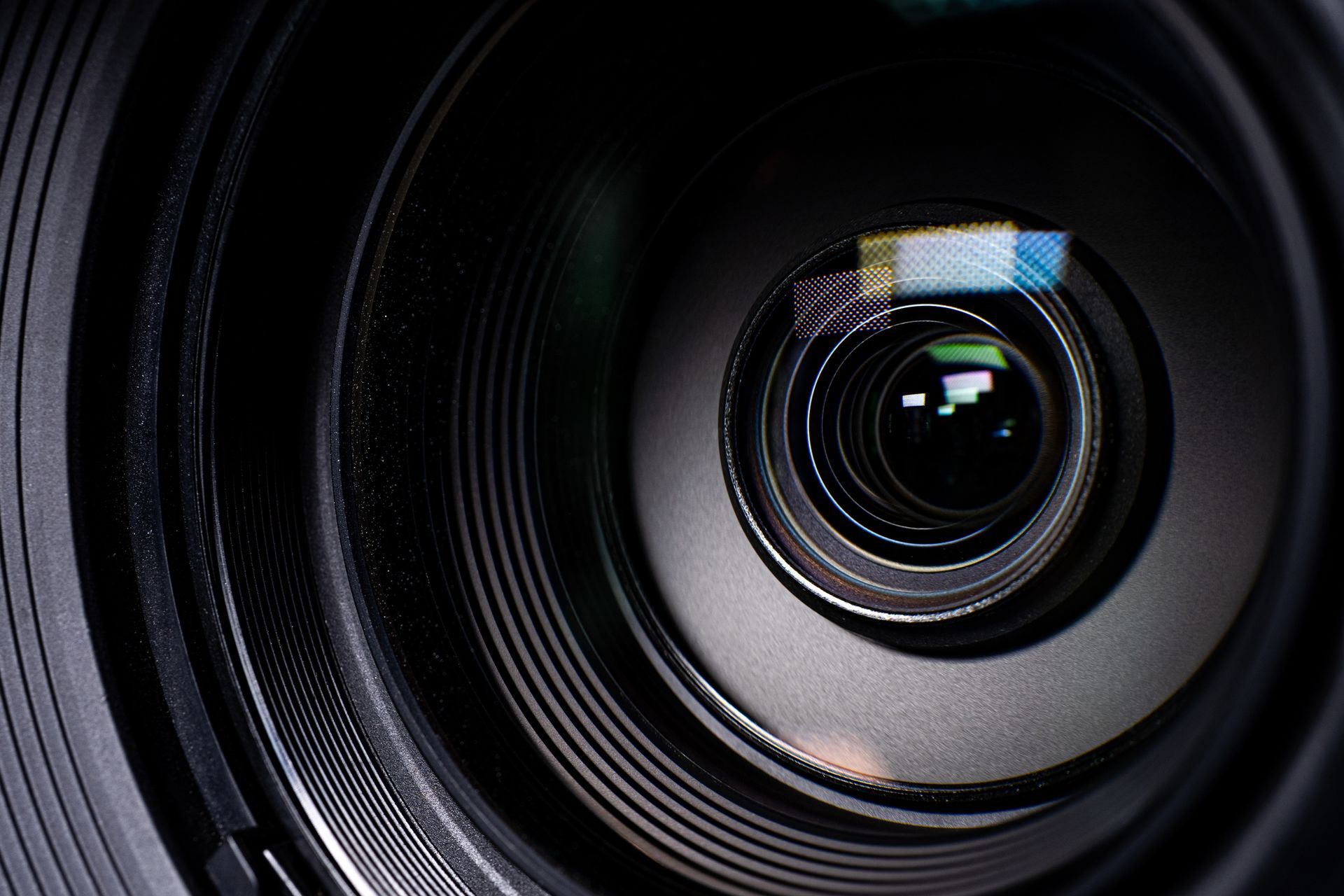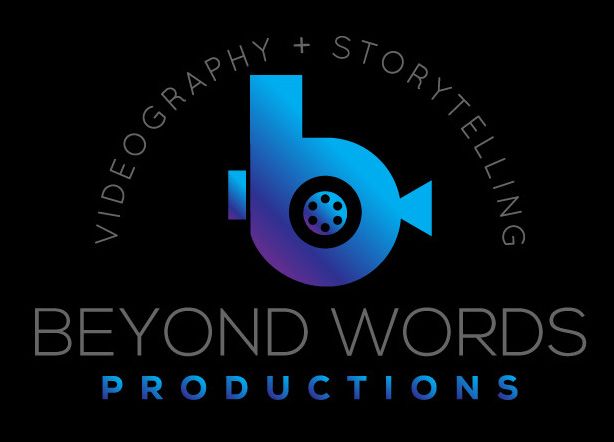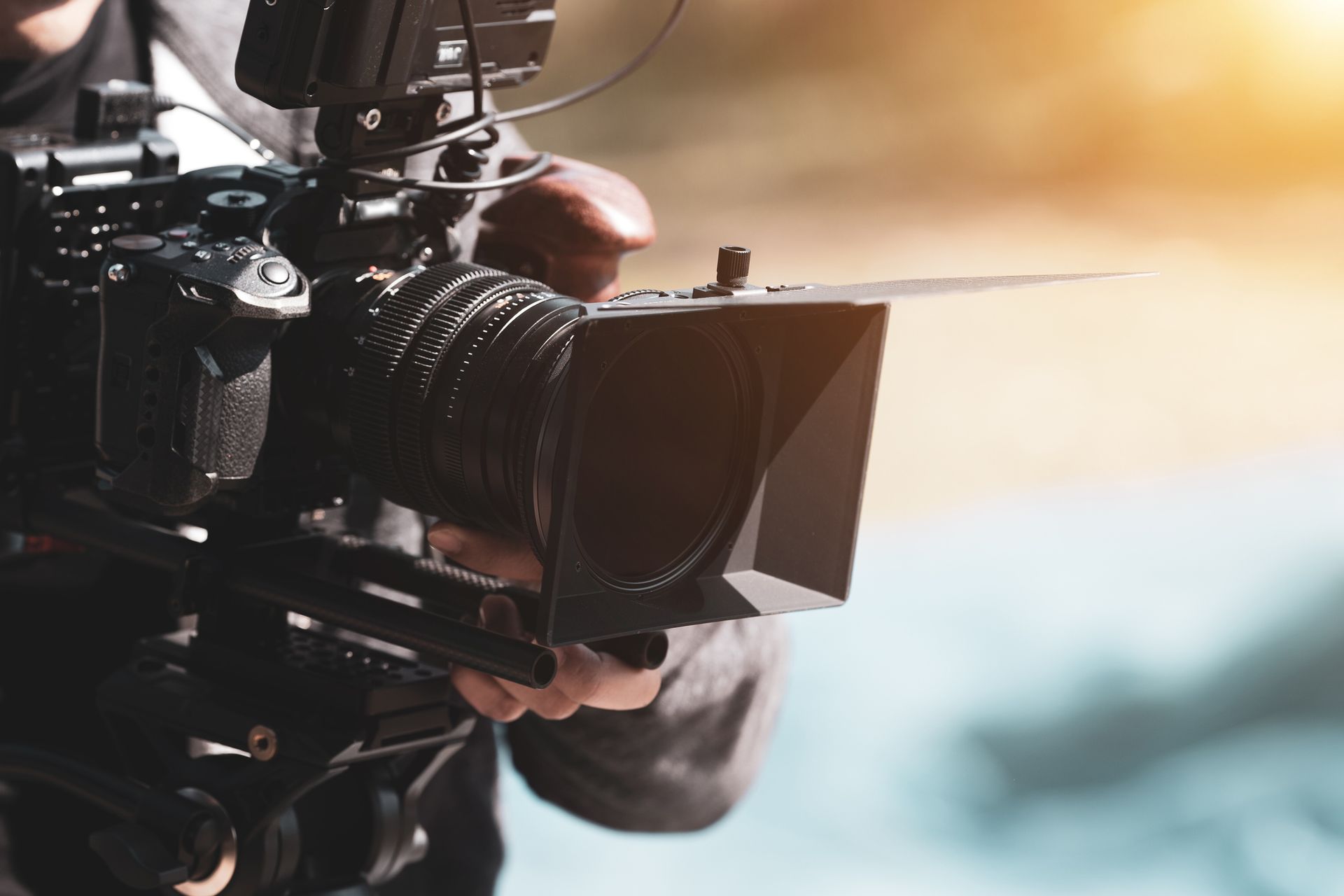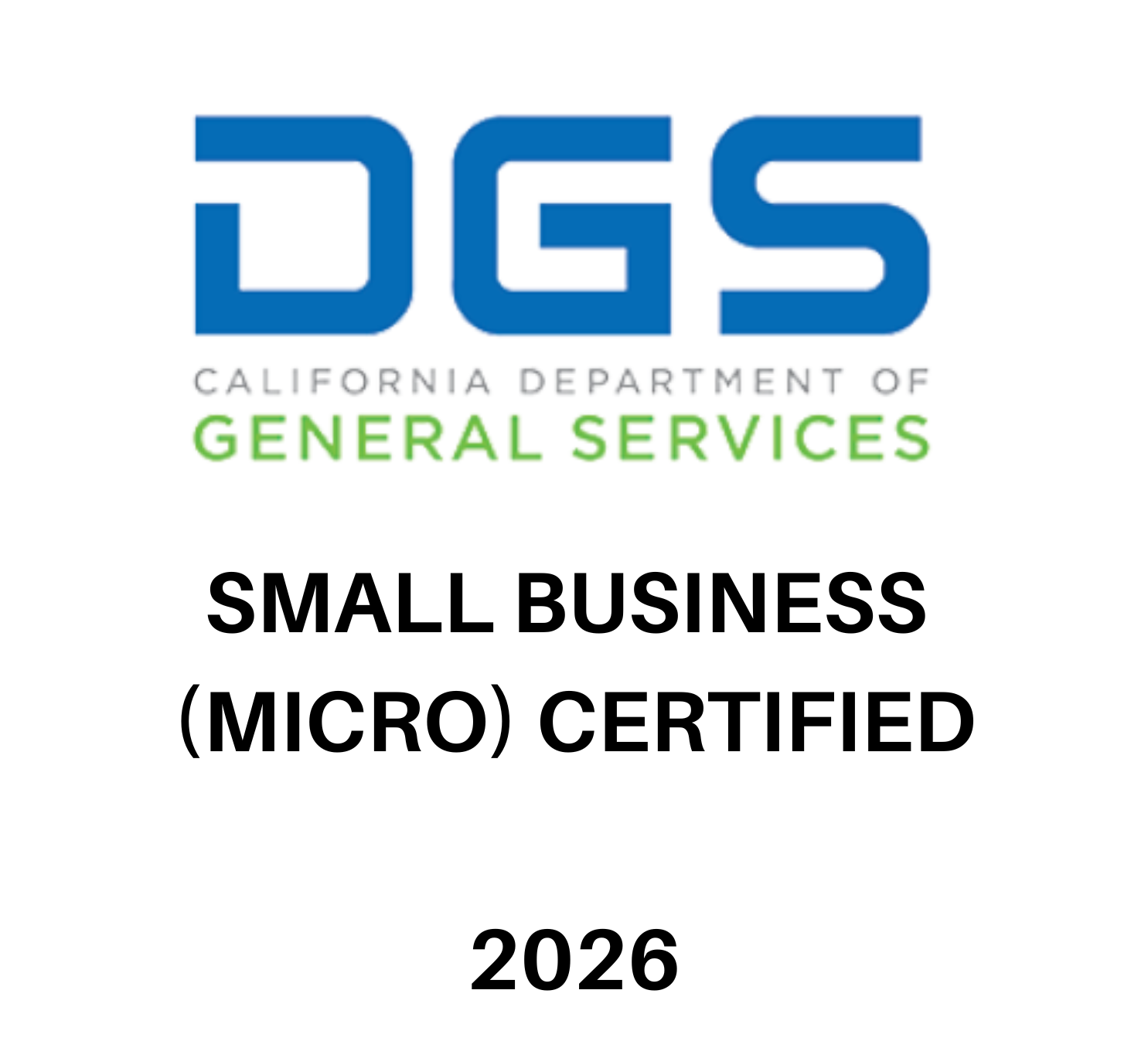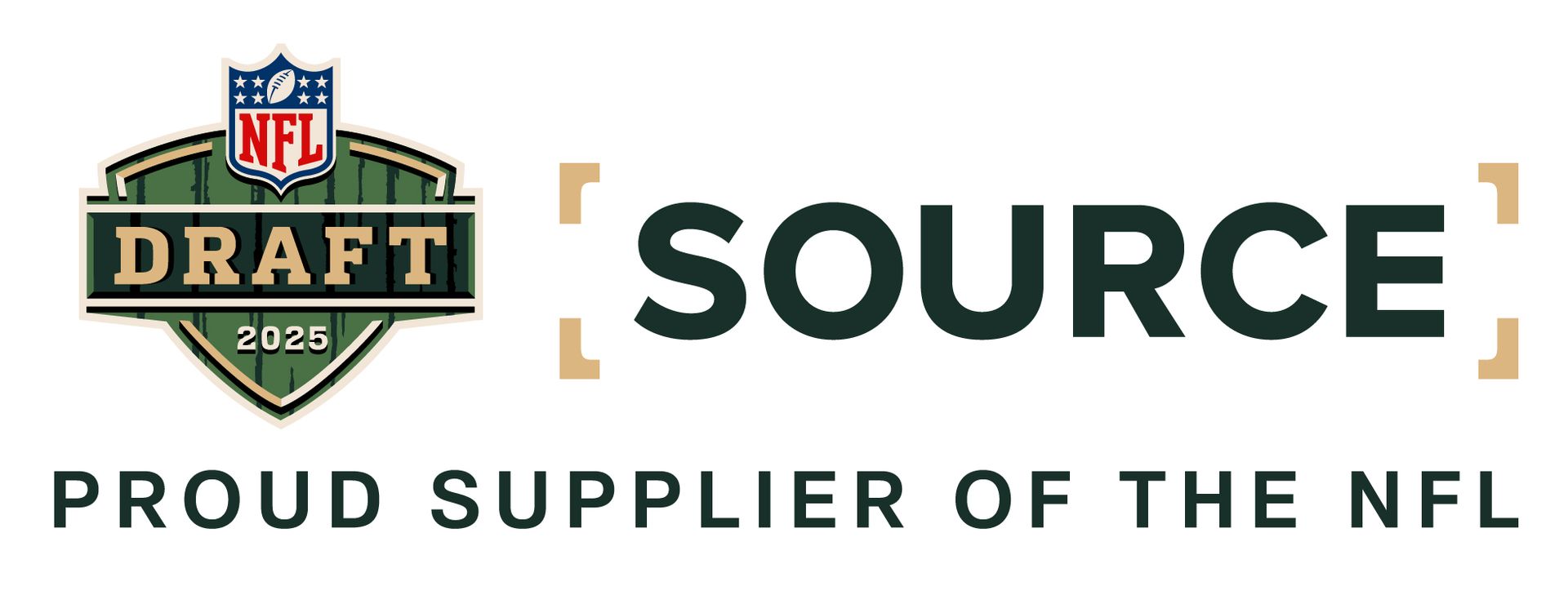The Art of Video Editing - Tips to Make Your Videos Better
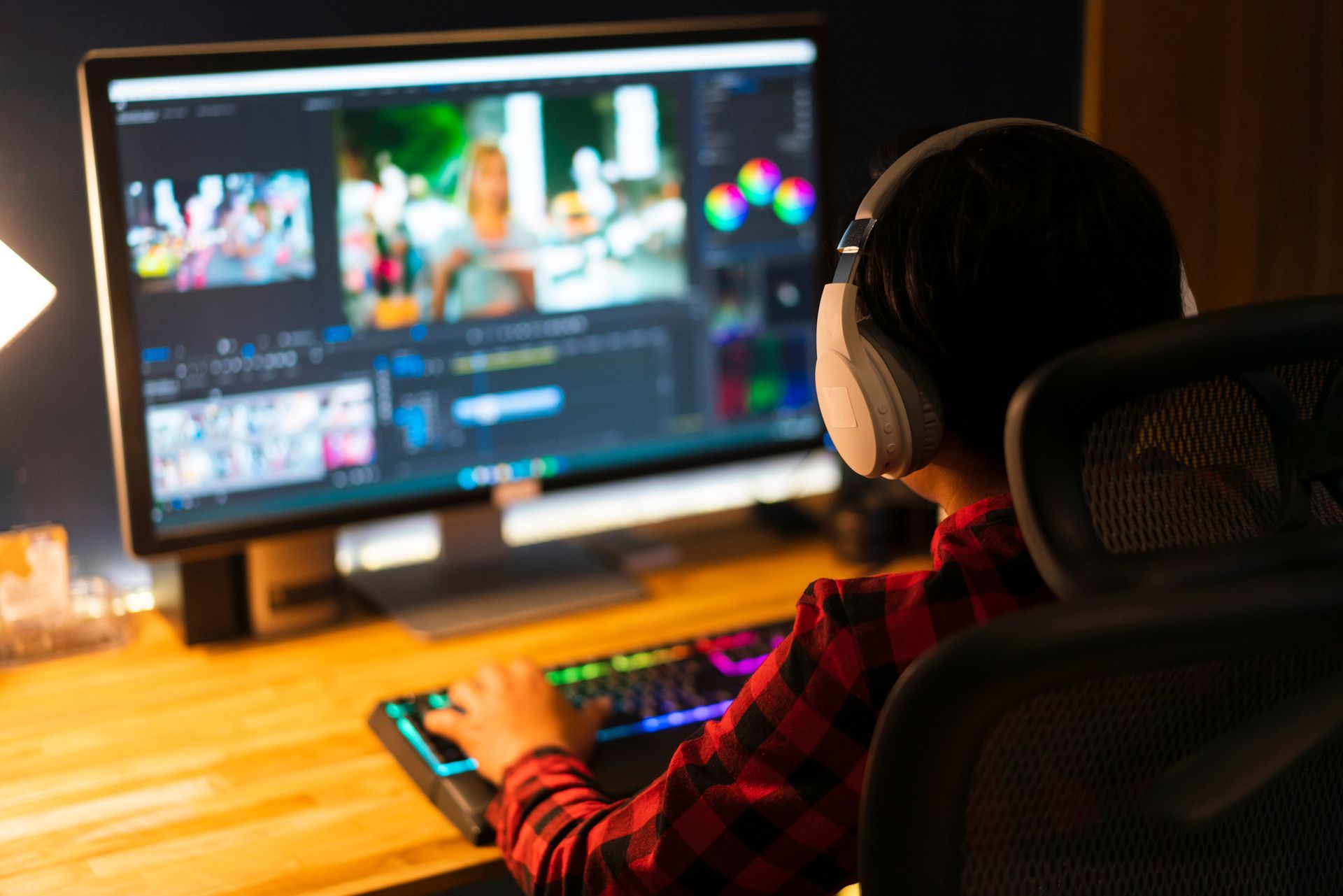
When it comes to video production, a major part of the art happens during the editing process. A good editor can take bad footage and still make a decent story out of it. But a bad editor cannot take great footage and make a great story out of it. You should be able to be decent at both -- but if your footage isn't the greatest, a good edit can still save you.
Here are some key elements to thoroughly consider when editing your videos to ensure the final product is as great as it can be:
1) Music selection: Music will drive the narrative and set the tone for whatever emotion you want your audience to feel. The music needs to compliment the video. In many music libraries online you can narrow down the search results by putting in filters like instruments, mood, beats per second, etc. If you have a promo video that you want people to be excited about, for example, use music that is quick paced, has a hard bass, etc.
2) A-roll: These are your interviews -- the driving sound that will literally narrate the video. The first ten seconds are super important. That's your hook. It's what captures the audience's attention. Once you start bringing the viewer into the middle of the narrative, stakes are high so it's important to choose soundbites that reveal more layers to the story to keep their attention on the story. One of the biggest challenges editors face is deciding what stays and what goes. When you have so much good sound, it's hard to decide. A bit of advice here is to step away from the project for a day and come back and watch it with fresh eyes and ears. Then decide-- what sound would move me the most if this were my first time watching it? What sound advances the story and does the best job of driving home the message? And then lastly -- how do you want your story to end? Choosing that final soundbite is important because that's the overall feeling that your audience will walk away with. If you are moved by the sounds you choose -- chances are your audience will be too.
3) B-Roll: These are your visuals. Anything that is not an interview shot that helps move the story. It's great to use the phrase "say dog, see dog" when choosing your b-roll. If the soundbite talks about walking on a beach looking at the sunset, choose footage that shows that. One of the other challenging parts during the editing process is you could have an amazing shot of something--- but if the soundbite that talks about that didn't make it into the final cut of the story, then you also have to cut that beautiful shot you were super proud of if it doesn't move the story forward. But this can always be used in a separate standalone cut to promote the video on social media.
4) Practice: All of these things take time to master. Even when you've been at it for years, it's still a continuous learning process because every story is different. Find the moments that move you and the shots that ignite some sort of emotion in you. Cut different versions until you find the right one. And have fun with it when all is said and done!

